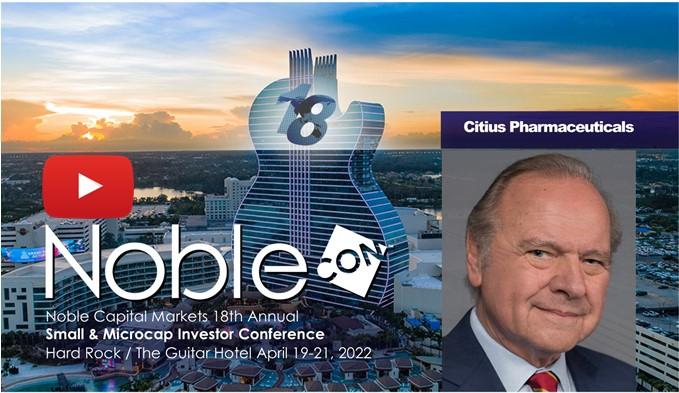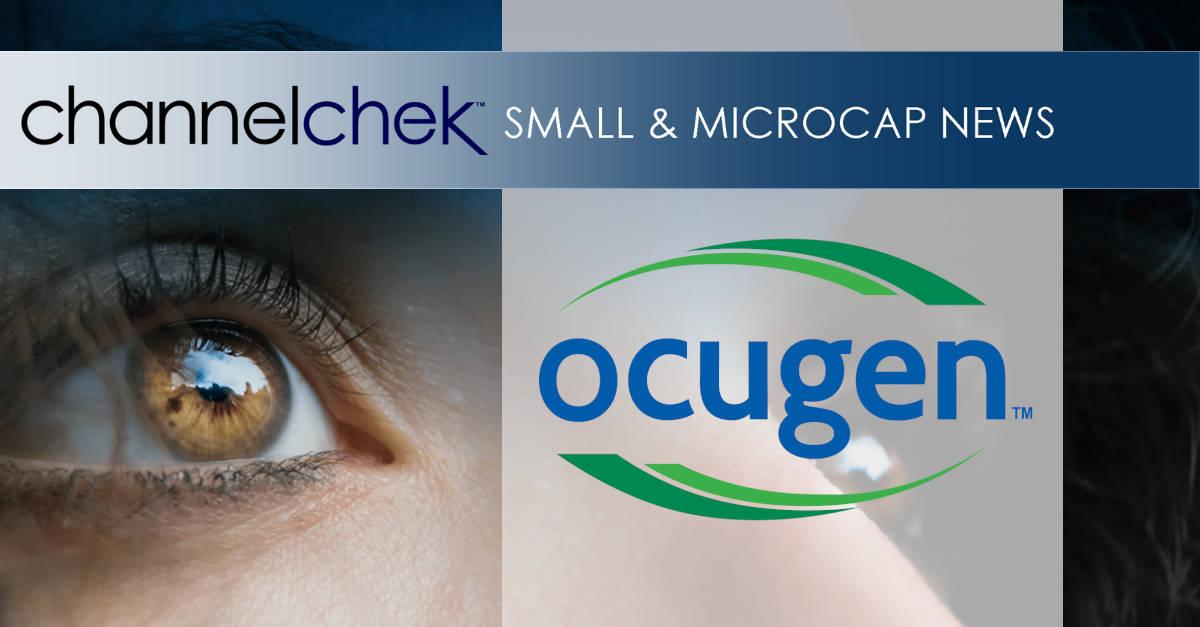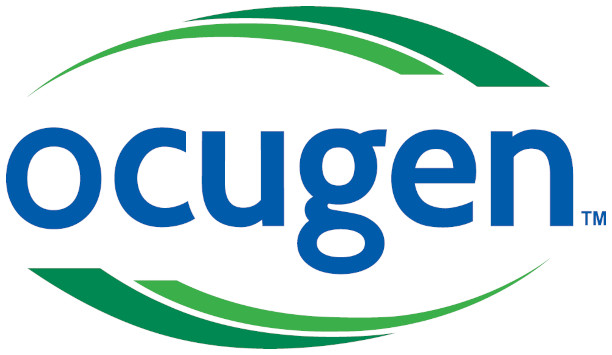Citius Pharmaceuticals (CTXR) Corporate Presentation from NobleCon18News and Market Data on Citius PharmaceuticalsNobleCon 18 Complete Rebroadcast
|
Category: Health
Cocrystal Pharma (COCP) NobleCon18 Presentation Replay
Release – Ocugen to Host Conference Call on Friday, May 6 at 8:30 a.m. ET to Provide Business Update and Discuss First Quarter 2022 Financial Results
Ocugen to Host Conference Call on Friday, May 6 at 8:30 a.m. ET to Provide Business Update and Discuss First Quarter 2022 Financial Results
Research, News, and Market Data on Ocugen
MALVERN, Pa., May 02, 2022 (GLOBE NEWSWIRE) — Ocugen, Inc. (NASDAQ: OCGN), a biotechnology company focused on discovering, developing and commercializing novel gene therapies, biologicals and vaccines, today announced that it will host a conference call to provide a business update and discuss its first quarter 2022 financial results at 8:30 a.m. ET on Friday, May 6, 2022.
Ocugen will issue a pre-market earnings announcement on the same day. Investors are invited to participate on the call using the following details:
- Dial-In Number: (844) 873-7330 (toll free) or (602) 563-8473 (Int’l)
- Conference ID: 6995784
- Webcast: Available in the “Investors” section of the
Ocugen website and archived for approximately 45 days following the call
About Ocugen, Inc.
Ocugen, Inc. is a biotechnology company focused on discovering, developing, and commercializing novel gene therapies, biologicals and vaccines that improve health and offer hope for people and global communities. We are making an impact through courageous innovation, taking science in new directions in service of patients. Our breakthrough modifier gene therapy platform has the potential to treat multiple diseases with one drug and we are advancing research in other therapeutic areas to offer new options for people with unmet medical needs. Discover more at www.ocugen.com and follow us on Twitter and LinkedIn.
Cautionary Note on Forward-Looking Statements
This press release contains forward-looking statements within the meaning of The Private Securities Litigation Reform Act of 1995, which are subject to risks and uncertainties. Such forward-looking statements within this press release include, without limitation, the intended use of net proceeds from the registered direct offering. We may, in some cases, use terms such as “predicts,” “believes,” “potential,” “proposed,” “continue,” “estimates,” “anticipates,” “expects,” “plans,” “intends,” “may,” “could,” “might,” “will,” “should” or other words that convey uncertainty of future events or outcomes to identify these forward-looking statements. Such statements are subject to numerous important factors, risks and uncertainties that may cause actual events or results to differ materially from our current expectations, such as market and other conditions. These and other risks and uncertainties are more fully described in our periodic filings with the Securities and Exchange Commission (the “SEC”), including the risk factors described in the section entitled “Risk Factors” in the quarterly and annual reports that we file with the SEC. Any forward-looking statements that we make in this press release speak only as of the date of this press release. Except as required by law, we assume no obligation to update forward-looking statements contained in this press release whether as a result of new information, future events or otherwise, after the date of this press release.
Ocugen Contact:
Ken Inchausti
Head, Investor Relations & Communications
ken.inchausti@ocugen.com
Please submit investor-related inquiries to:
IR@ocugen.com













